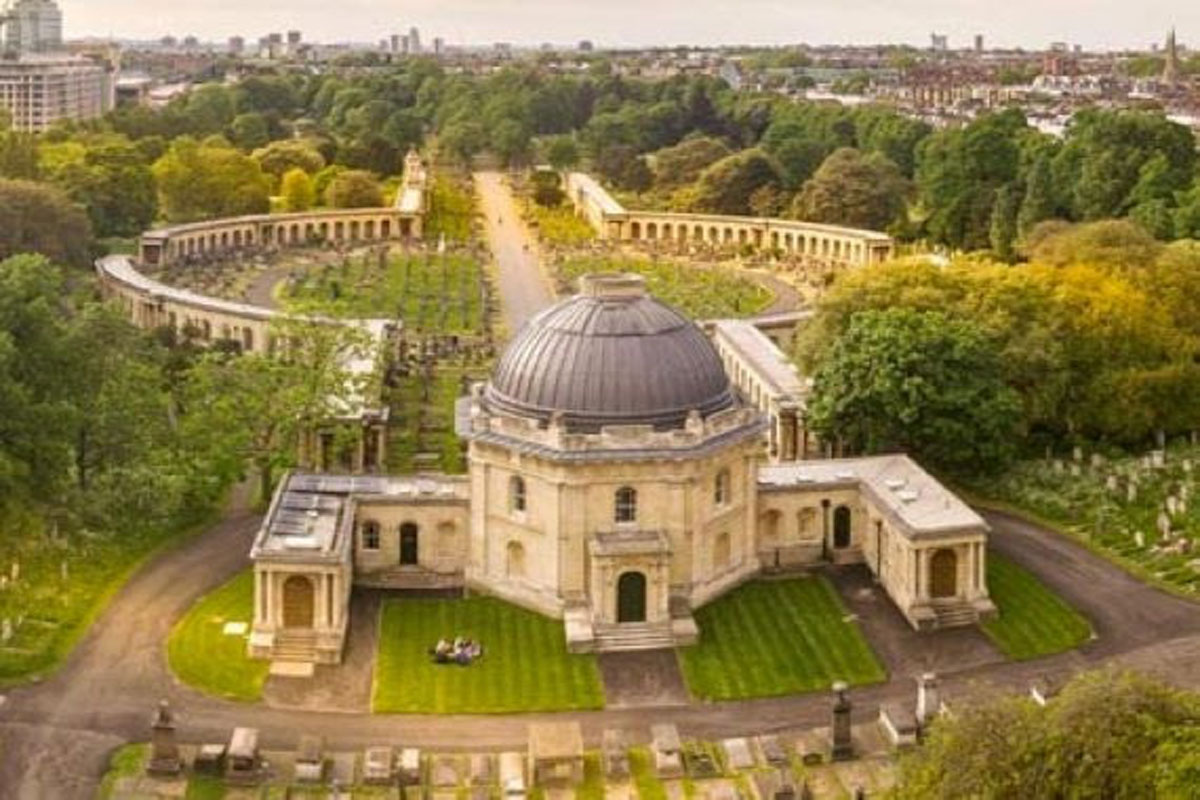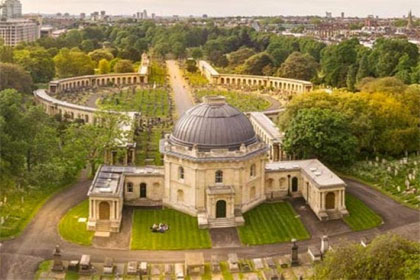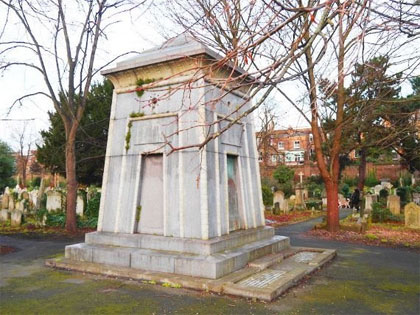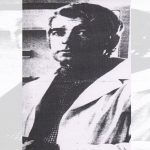
The Strange Tale of a London Tomb Time Machine
Brent Swancer May 24, 2021
Opened in 1840, London’s Brompton Cemetery is one of Britain’s oldest garden cemeteries, sprawled out over 40 acres of stately grounds and holding tens of thousands of graves for people from rich to poor, marked with everything from ivy and weed choked old headstones to elaborate gothic mausoleums, as well as monuments and statues. Yet among all of these graves and tombs, one stands out among them. Here there looms an odd and imposing structure unlike anything else in the cemetery. It is an elaborate mausoleum, indeed the most elaborate in the whole cemetery, 20 feet high and built with solid polished granite in a unique Egyptian design with a pyramid peak, it sports a massive bronze door and is decked out with hieroglyphics and cryptic carvings that only add to its mystique. Looking at this particular mausoleum there is a certain sense of grandeur and mystery, making it understandable that it has drawn many legends to it, and one of these is that it conceals within it a fully functioning time machine.
The tomb itself belongs to an eccentric wealthy 19th century heiress and high society socialite by the name of Hannah Courtoy, born Hannah Peters, who controversially inherited her fortune from an elderly merchant by the name of John Courtoy after working as his housekeeper and possibly being his mistress. She would never marry but have three daughters of unclear parentage, although she insisted they were Courtoy’s, and she made some pretty damn odd friends during her life. One of these was the Egyptologist and architect Joseph Bonomi, who instilled in her a deep fascination with Egyptian culture, the two talking for hours on end about all things ancient Egypt. Indeed, by all accounts Hannah was absolutely obsessed with ancient Egypt, and this is one of the reasons she had the tomb commissioned to be built in an Egyptian style, allegedly designed by Bonomi and another man named Samuel Alfred Warner. It is with Warner and Bonomi that the first seeds of the legend begin.
 Brompton Cemetery
Brompton Cemetery
Warner was a bit of a mad scientist in his day. He claimed to have designed all sorts of highly advanced weapons systems, such as what he called an “invisible shell,” which was an explosive device no larger than an egg, which could be rigged to be dropped from balloons and remotely detonated to decimate an enemy’s ships, as well as what he described as “a bomb that could be teleported a short distance – a kind of psychic torpedo.” He supposedly carried out a successful demonstration of his device in the English Channel in 1844, going on to create what might have been the first known torpedo and other devices that were well ahead of their time, pushing through criticism that he was nothing but a con man. He certainly seems to have had technical know-how above and beyond the norm back in the day, and with his supposed partnership with Bonomi things get interesting. According to the tale, Bonomi in his extensive studies of hieroglyphics and ancient Egypt had come across the secret to time travel, and that with Warner he had found someone with the scientific expertise to make it a reality. The two allegedly worked in secrecy on the tomb, the cemetery location ensuring that no one disturbed them, with the fact that an Egyptologist working with a scientist to build it being seen as rather odd, to say the least, and somehow this evolved into the idea that they were really working on a time machine, only further fueled by the fact that no plans for the mausoleum were ever released.
Hannah Courtoy herself would die in 1849, a full 5 years before the mausoleum was completed in 1854, with her body being moved there when it was completed. A year before it was finished Warner too died under some rather mysterious circumstances. Rumors as to what happened to Warner range from that he was silenced for his knowledge of advanced technology, to that he was killed by Bonomi after threatening to come forward with what they were working on. He was buried a stone’s throw away from Courtoy’s tomb, and Bonomi would later die in 1878 and also be buried right nearby, his own gravestone curiously holding the inscription of the Egyptian deity Anubis, the jackal-headed god of death, mummification, embalming, tombs, cemeteries and the afterlife, which is eerily depicted staring in the direction of Courtoy’s tomb. After the tomb’s completion and the death of its builders, the legends would really start to take off.
Besides the fact that these two men and unlikely partners were somehow working on the same secret tomb project, the tomb took longer than usual to complete and features some curiosities. For one, it is built on its own circle of ground in the middle of a crossroads, which has some significance in that crossroads were long thought of as places where two realities collide, the world of the living and the dead, for instance. In addition, there is the unusual design of the tomb itself, as well as the inclusion of strange features such as wheel-like motifs at the door’s bottom, as well as large circular holes on the high walls of the tomb that look like a clock or dial, their purposes unknown. Adding to this is the lack of any plans for the mausoleum, as well as the fact that the key has long ago gone missing, meaning that there is no way to get into the tomb to see what’s in there. We know that Hannah and two of her daughters are buried in there, but other than that it is unclear, and somehow all of this has served to launch the legend that it must mean that there is a time machine in there.
 Courtoy’s tomb
Courtoy’s tomb
One of the main drives of the whole bizarre time machine theory is Scottish musician Drew Mulholland, who in 2003 mused about the idea on his blog, which in turn caught the attention of London musician Stephen Coates, who in 2011 came up with a possibly even weirder theory; that it is a teleportation chamber. According to Coates, the mausoleum connects with six other historic cemeteries in London to form a perfect ring called the “Magnificent Seven,” and he muses that they could be used to teleport from one to another all around London, with yet another eighth mausoleum resembling the Courtoy tomb in Montmartre Cemetery, in Paris France. Coates would say of his idea:
It was a transportation grid around London to reduce the time taken to travel the large distances of the vast congested metropolis, a way to move around the city. Warner and Bonomi worked together on ancient Egyptian occult theory and science. I posted that on my blog, and it started to take on a life of its own.
Although Coates has downplayed how serious he actually was when he proposed this, it really helped the legend of the mausoleum to take off. This author is not quite sure why an undeniably odd grave went on to become associated with time machines and teleportation. There doesn’t seem to be a whole lot involved to make that jump, but it is what it is, and this is the legend that has sprung up here. It is a curious merging of real history and legend and rumor, going on to take on a life of its own, and seems to be a rather good example of myth building. Considering that everyone involved is long dead and there are so many weird clues, it is perhaps only natural that such stories should build up, and no matter what one may think, the mausoleum has definitely picked up its share of legends and talk of utter bizarreness, for better or worse, and it remains linked to talk of secret time machines and teleportation jump spots. Weird to say the least.
Mysterious Universe





















